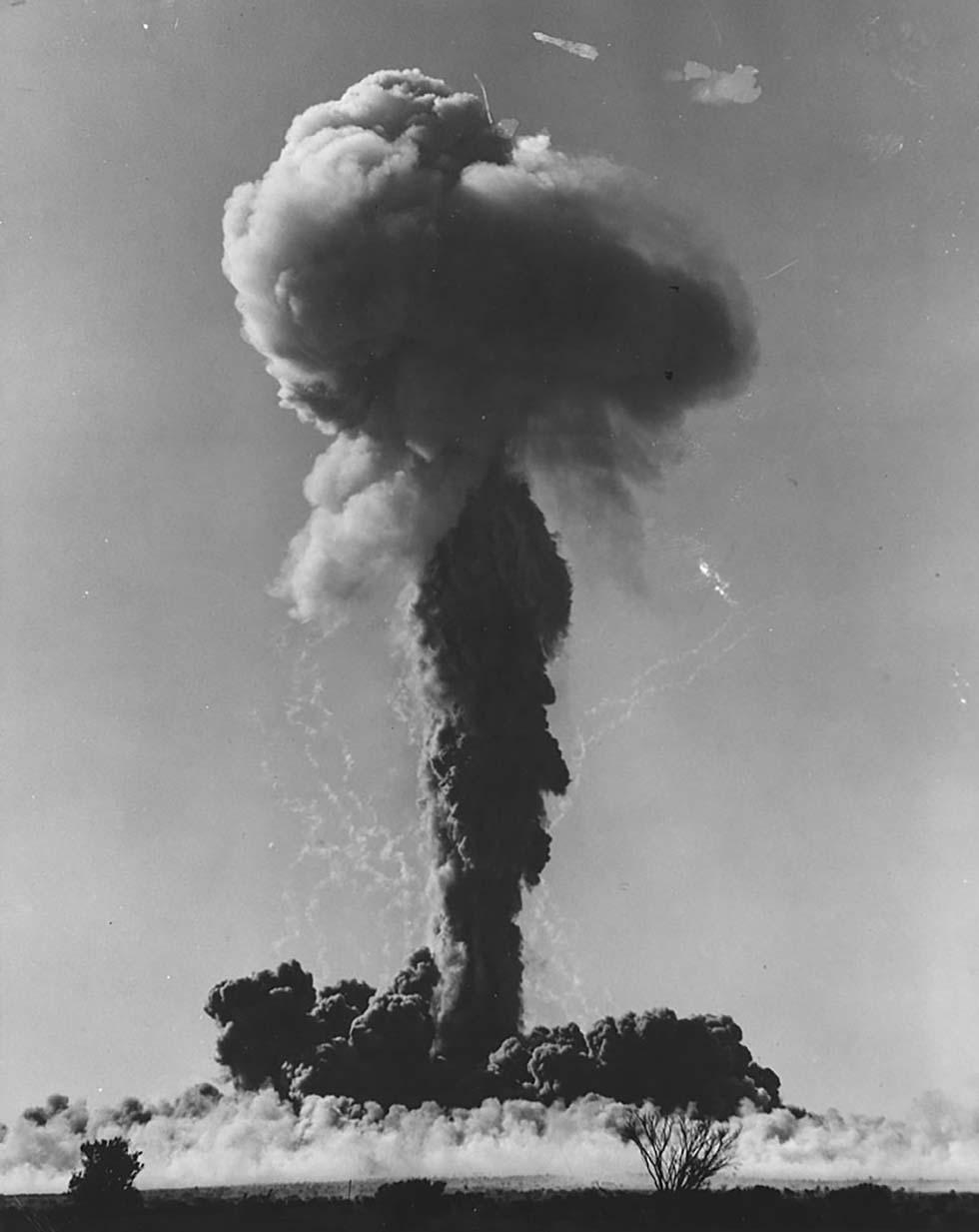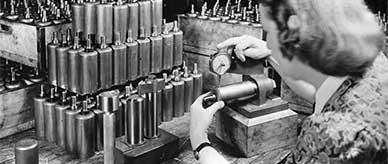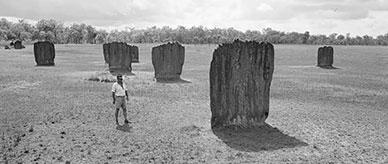


About this record
This black-and-white photograph shows a rising mushroom cloud resulting from a British nuclear test conducted at Maralinga in South Australia in 1957.
Educational value
- The nuclear test photographed here was one of three tests conducted by Britain as part of Operation Antler, which was designed to test components for thermonuclear weapons. Between 1952 and 1963, the British Government—with the agreement and support of the Australian Government—carried out nuclear tests at three sites in Australia. These were on the Monte Bello Islands off the Western Australian coast (Operation Hurricane in 1952); at Emu Field in South Australia (Operations Totem 1 and 2 in 1953); and at Maralinga in 1957.
- Britain began developing nuclear weapons in 1947 and, for security and public-health reasons, its Atomic Weapons Research Establishment sought out uninhabited or sparsely populated areas for test sites. Remote Australian locations were an attractive option. Britain first approached Australian Prime Minister Robert Menzies in 1950, and the government agreed to Australian territory being used. It was not until February 1952 that the Australian public was informed.
- When the British Government made a formal request for a permanent testing site in 1954, Maralinga was selected. Once preparation of the site was completed in 1956, Maralinga was the location of all further tests and trials conducted in Australia, including Operation Buffalo in 1956, which tested four atomic weapons, and Operation Antler in 1957. It was officially closed following a clean-up operation in 1967.
- Despite government assurances that no Australian lives would be endangered by tests such as this one, public concern grew—particularly over the lack of safety standards observed during testing. Many personnel involved in the tests were not protected and their exposure to radiation was not monitored. A considerable amount of radioactivity and radioactive particles (known as ‘fallout’) fell on people in the vicinity, including military personnel and Aboriginal people.
- This and other tests at Maralinga and Emu Field were conducted on the traditional lands of the Pitjantjatjara and Yankunytjatjara people. Their permission was not sought and their relationship with the land was not recognised. Most were removed from the area and transferred to reserves. However, some were not located during the intermittent security patrols and they remained—unaware of the testing and health risks—and were exposed to radioactive fallout dubbed 'the Black Mist'.
- This photograph was submitted in evidence to the Royal Commission into British Nuclear Tests in Australia. In July 1984, the Australian Government under Prime Minister Bob Hawke established the McClelland Royal Commission in response to growing concerns about safety standards during the tests. Of particular concern were the measures taken to protect people from exposure to radiation, and the disposal of radioactive and toxic materials. Minimal compensation was subsequently awarded to a number of victims.
Related themes
Need help with your research?
Learn how to interpret primary sources, use our collection and more.


